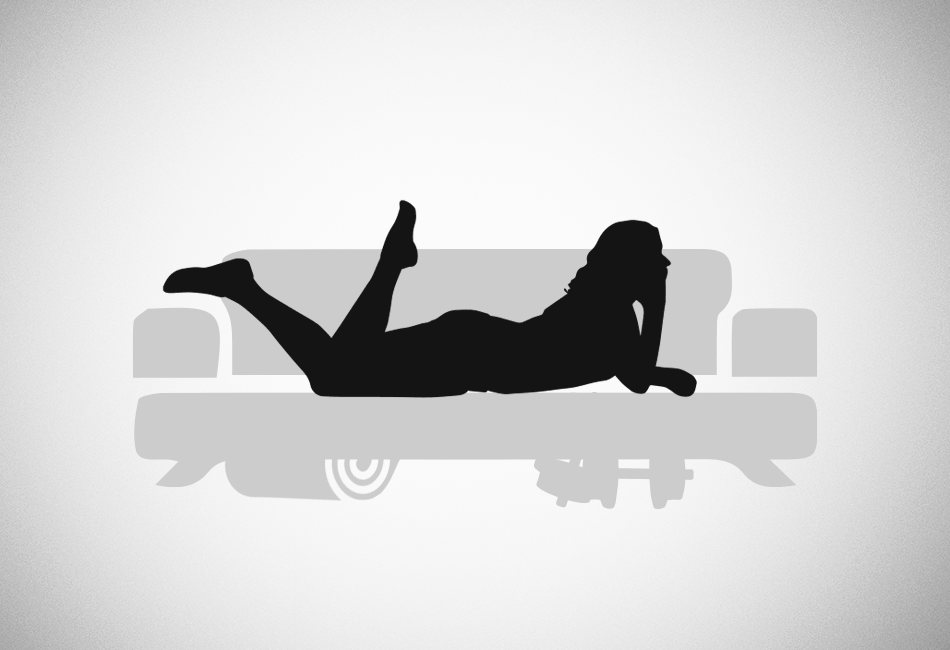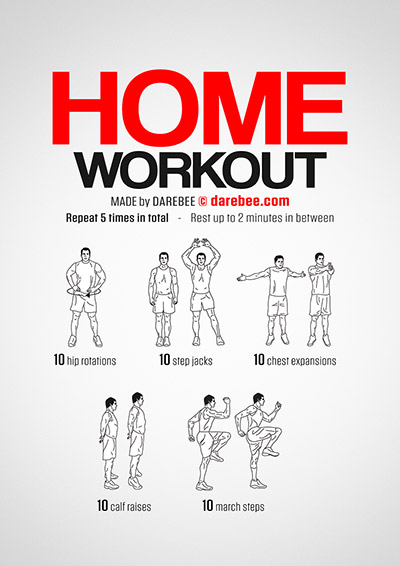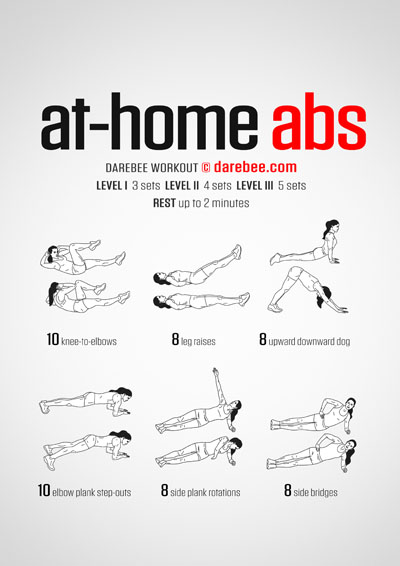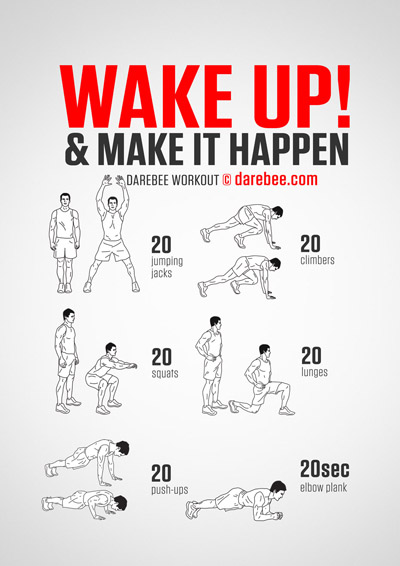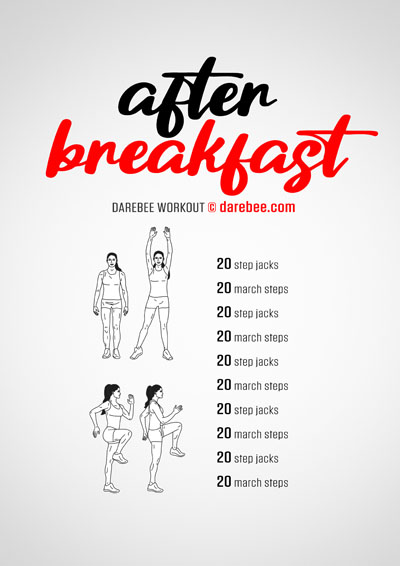The three most commonly cited reasons for failing to get fit are lack of motivation,[1] lack of funds[2] and lack of time.[3] Yet fitness is a key necessity to prolonging lifespan, maintaining health, creating autonomy,[4] improving productivity and feeling happier in life.
Logically we should all be striving to stay as fit and healthy as possible all the time. The fact that we find it hard to do is not so much a reflection on us, as individuals, as it is on the world we’ve set up, the pressures we each face every day and the difficulties we encounter when it comes to deciding that we need to exercise regularly in order to be fit and healthy.
We often fail at our stated fitness goals because we find it hard to imagine a moment when the external pressures we experience are so crushing that we fail to prioritize our health and own wellbeing over tasks that are fostered on us by circumstances, convention, society and our immediate environment.
This brief analysis also gives us a sure-fire formula we can apply when it comes to our fitness that takes into account all the difficulties we may encounter and re-prioritizes our own fitness and health needs.
Getting fit at home solves both the funds and time problems and, because it is an environment that we mostly control, it significantly reduces the amount of distractions, pressures and external imperatives we may experience. Getting fit at home, however, doesn’t quite solve the motivation issue.
To better understand how we could solve this we need to understand first why our motivation disappears in the first instance. The video below addresses this exact thing. Basically we become de-motivated when we overload and lose the sense of fun, progress and achievement that exercise provides us with.
As the video suggests, the solution to this problem lies in having a strategy in place that provides small wins and a positive feeling when things get “too much” and we fail our fitness regime. That way we can pick it up without feeling guilty.
The ability to use “exercise snacks”[5] bursts of physical activity that are short on time and, often, don’t even require any warm-up, throughout the day, goes a long way towards maintaining the momentum of our fitness journey on days when circumstances make it likely to falter.
Exercise snacks are also a great way to deal with one more of the three most frequently cited reasons for failing to get fit which is lack of time. On Darebee’s YouTube Channel there is an entire library of Exercise Snacks we can use to fill gaps in our day, keep our body revving and our mind clear and, overall, maintain our health and fitness on days when a fuller workout is simply not possible.
Choose To Exercise From Home
By exercising from home we gain time in terms of commuting, control our space better so there are fewer distractions and reduce costs by way of travel and special clothes and even, equipment. Provided we use the “Eexrcise Snacks” tip above, we can even fix our motivation.
But even if we exercise from home there is no ‘instant fix’ to the obstacles that usually upset our fitness journey. For lasting health and a body that’s strong and mobile we need to have a plan that takes into account both ‘good’ and ‘bad’ days and still allows us to get some exercise in.
This is where the Exercise From Home Blueprint comes in. In its entirety the Blueprint is a plan that directly addresses the three primary reasons for not exercising. It consists of five key steps:
Step One: Plan ahead – Never leave it to the day to decide what you will do for a workout. Always have a workout planned several weeks in advance so each day of the month you know exactly what you have planned to do. Whether your plan is to do a monthly program, or the workout of the day from the Darebee homepage, it should be planned so you don’t have to worry about putting anything together.
Step Two: Have a back-up – Even the best laid plans go awry. Sometimes you will have less time than you thought. At other times you will have less energy than you expected. Either way, you shouldn’t allow this to stop you from exercising but you will need to have an easy way to modify your exercise plans. From using a shorter workout or an exercise snack to doing something a little less energetic like stretching. The point is that, again, the moment you can’t do exactly what you planned you need to have your back-up ready to activate.
Step Three: Have a Contingency – A contingency is a back-up to your back-up plan. We all know that there are times when life gets crazy and there is little we can do but respond the best way we can. Self-care, good nutrition, sleep and exercise fall through the cracks created by the tension of responding to emergencies or getting through stressful situations. That’s when the back-up to your back-up proves invaluable. From exercise snacks to just doing a few calf raises or push-ups before hitting the shower, the contingency plays to your strengths. It’s there to get you to do something quick that you’re already good at. It provides an instant boost to your confidence when you really need it.
Step Four: Add NEAT – Always have some non-exercise activity (NEAT) incorporated into your day. This provides a constant safety net. Even if you had the kind of day where you simply couldn’t do anything of what you’d planned and even if your contingency could not be put into action, you will have still maintained some activity which means your fitness journey is far from derailed. The biggest win by far, here, is the fact that you will not feel bad about yourself.
Step Five: Have Fun – Choose activities that are fun to do, make you feel good and allow you to feel better about yourself. Exercise is a stressor. That’s why we change. In order to be able to put up with this stressor day after day, we need to provide ourselves with variety, novelty and fun. Research shows that when variety is added[6] to our exercise routine we increase the amount of exercise we do longterm and find it more enjoyable. Similarly, when novelty is introduced,[7] because we’re willing to try out new forms of exercise we are more likely to exercise longer and more often.
Summary
Exercising consistently and sustainably, long-term is difficult. To achieve it we need to have a plan that helps us feel hat we have a measure of control of ourselves and our lives.[8] When that happens we aren’t just healthier, we also end up being happier.
Suggested Workouts
Research
- 1. Brand Ralf , Cheval Boris. Theories to Explain Exercise Motivation and Physical Inactivity: Ways of Expanding Our Current Theoretical Perspective. Frontiers in Psychology, Vol. 10. 2019. ISSN: 1664-1078. DOI:10.3389/fpsyg.2019.01147
- 2. Withall J, Jago R, Fox KR. Why some do but most don't. Barriers and enablers to engaging low-income groups in physical activity programmes: a mixed methods study. BMC Public Health. 2011 Jun 28;11:507. doi: 10.1186/1471-2458-11-507. PMID: 21711514; PMCID: PMC3141466
- 3. Basky G. Fitness advice ignores realities of life on the margins. CMAJ. 2020 Jan 27;192(4):E103-E104. doi: 10.1503/cmaj.1095843. PMID: 31988159; PMCID: PMC6989021.
- 4. Abula K, Beckmann J, He Z, Cheong C, Lu F, Gröpel P. Autonomy support in physical education promotes autonomous motivation towards leisure-time physical activity: evidence from a sample of Chinese college students. Health Promot Int. 2020 Feb 1;35(1):e1-e10. doi: 10.1093/heapro/day102. PMID: 30590612.
- 5. Islam H, Gibala MJ, Little JP. Exercise Snacks: A Novel Strategy to Improve Cardiometabolic Health. Exerc Sport Sci Rev. 2022 Jan 1;50(1):31-37. doi: 10.1249/JES.0000000000000275. PMID: 34669625.
- 6. Juvancic-Heltel, Judith A & Glickman, Ellen & Barkley, Jacob. (2012). The Effect of Variety on Physical Activity: A Cross-Sectional Study. Journal of strength and conditioning research / National Strength & Conditioning Association. 27.10.1519/JSC.0b013e3182518010.
- 7. Lakicevic N, Gentile A, Mehrabi S, Cassar S, Parker K, Roklicer R, Bianco A, Drid P. Make Fitness Fun: Could Novelty Be the Key Determinant for Physical Activity Adherence? Front Psychol. 2020 Oct 15;11:577522. doi: 10.3389/fpsyg.2020.577522. PMID: 33178079; PMCID: PMC7593334
- 8. Teixeira, P.J., Carraça, E.V., Markland, D. et al. Exercise, physical activity, and self-determination theory: A systematic review. Int J Behav Nutr Phys Act 9, 78 (2012).

